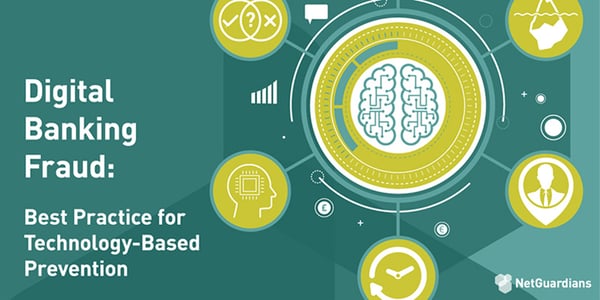The new acronym on the block is KYT – know your transaction. It uses contextual analysis to spot suspicious behavior, reducing false alerts and improving the customer experience, writes Etienne Seiter
There is a persistent view that cryptocurrencies are a lawless means for criminals to store wealth and transact anonymously beyond the long arm of the law. Nothing could be further from the truth. The reality is that their digital nature means plenty of information can be collected about cryptocurrency transactions – data that is used to monitor and assess their legitimacy. Welcome to Know Your Transaction (KYT) data processing.
KYT is the cryptocurrency world’s voluntary response to the Know Your Customer regulation in traditional banking. Although a term coined relatively recently, it borrows digital technology already being successfully implemented by the conventional banking sector in the fight against non-compliance.
By ensuring that transactions are legitimate, it is proving an excellent way to provide vital trust in cryptocurrency exchange platforms and their client bases. What is more, KYT’s significantly better performance over a static rule based approach to spotting suspicious activity is garnering increasing amounts of attention from the traditional banking sector.
Key is the fact that KYT looks at the context around every transaction to provide a very detailed digital picture. For example, it collects data on type of device, time, amount, counterparty, language, browser and more for every transaction in real time. Machine Learning and Artificial Intelligence use this information to match the data with customer profiles to give an accurate and up-to-date risk view for each transaction.
This is in contrast to a static rule based approach, where a bank might institute a rule that dictates that every transaction by a customer to a new destination must be investigated. This rule will catch many bone fide transactions, diminishing the customer experience and bloating compliance costs.
But when a customer of a bank using a KYT solution signs a new supplier, the system would not block the first payment to that supplier. This is because it would be aware of so much more about the transaction than just the “suspicious” new destination of the payment – such as time, device, browser etc. – allowing it to make a judgment call.
This contextual awareness makes KYT efficient and effective at identifying suspicious behavior. Indeed, governments and law enforcement agencies, including the FBI and Europol, are using KYT techniques to track down criminals.
These techniques have always been a core part of the NetGuardians’ fraud mitigation solution, already adopted by many banks. The cryptocurrency world has simply given it a catchy new name. This has crystalized the benefits for many and is helping to change the mindset of those previously unaware of those benefits.
According to our research, KYT monitoring dramatically cuts the number of false alerts – by up to 83 percent – and banks are better able to protect customer funds by spotting suspicious transactions before money leaves the account. Banks can also detect new and emerging threats and spend 93 percent less time dealing with alerts.
With the onset of open banking, which introduces new financial service providers, the number of digital transactions is expected to grow exponentially. In this context, the need for an effective financial crime mitigation solution becomes more urgent. They need KYT and the power of Artificial Intelligence and Machine Learning along with real-time monitoring. All the data required to feed these models comes from the transactions, analyzed together with user behavior. It’s just a question of looking, collecting, processing, learning and finally knowing. It’s time to get to know your transactions.



